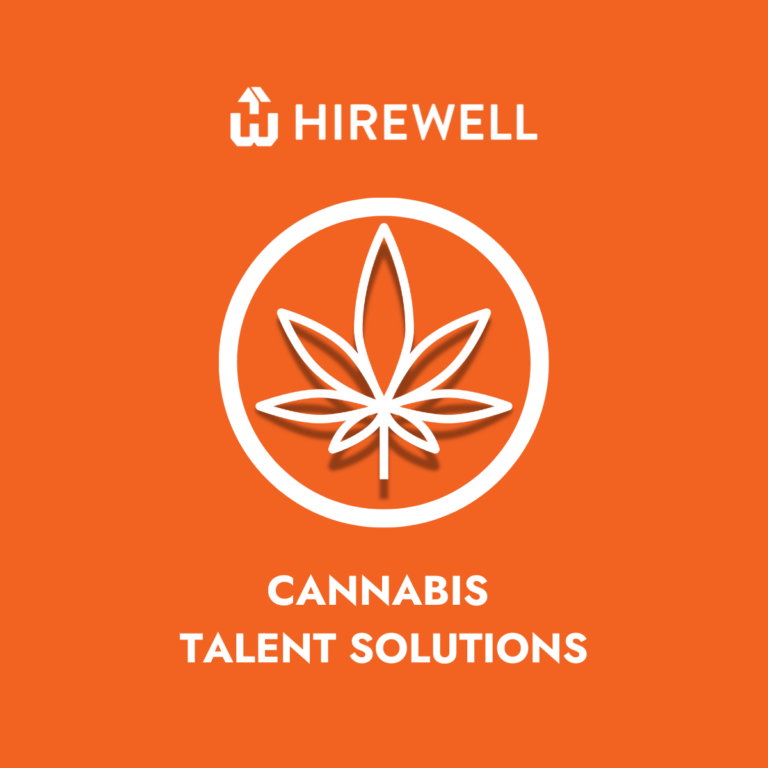Contact Us
Questions, comments, ideas for future content? Contact us below.
I first heard this question about seven years ago: “We really need to diversify our executive team. Can you help us do that with this role we have?” The question became more common over the years—and our answer improved over time.
“We always strive to find a diverse slate of candidates, but…” The “but” varied with the role and the company, but there always was one. Around a year ago, we got tired of not having a better answer—an actual solution. We started working with Tom and the team from Holistic around that same time. A tremendous opportunity existed, and we recognized that. How do we really help clients with this? We needed a process, and we needed the ability to measure what the talent pool really looks like.
Our Solution
Easy, right? We developed a unique recruiting framework designed to build diverse pipelines of talent for our clients. This enables the client to make meritocratic selection decisions while maintaining a focus on diversity.
We do this through a distinct process utilizing diversity data, advanced candidate research, and a comprehensive assessment of client needs. Given our deep understanding of the makeup of the marketplace for each of the areas we recruit, we are able to best understand the candidate pool and how to access the strongest talent in the pool.
The Process
And then, Profits…
Well, it’s not quite that easy. There still are a few but’s.
Remember: This whole process will most likely be in vain if someone feels like they’re only being considered to fill a quota. Top talent wants a job because they are the best fit for the role. Also, a true focus on a diverse and inclusive workforce needs to start at the top and cannot be solved with one hire. Companies need to truly buy-in.
We have incorporated this process for several searches over the past 6 months. I think we’re making progress, but the starting point isn’t pretty, especially for our tech practice (our largest division). In 2018, roughly 75% of STEM graduates in the US were male. That number jumps to 82% when you look at Computer Science grads. Only 17% were black or Hispanic (vs. 31% of the overall population). When looking at the engineering employee population for the twenty largest tech companies in Chicago, 82% were male. In 2018, Hirewell assisted clients with just over 300 Tech/Engineering hires—81% were male. Our goal is to improve that through this process and our own internal training efforts.

When it comes to diversifying STEM hiring, the challenges involved cannot be solved today or tomorrow. Companies really need to start by looking outside their four walls because this is a collective, communal effort. Lots of community-based initiatives, for example, are working to address the skills gap. The Illinois Technology Association (ITA) has developed a great initiative called Tech Forward. Hiring interns is another great place to start. Consider i.c. stars or Genesys Works, two organizations Hirewell has supported for years.
And of course, I’d encourage anyone to speak with our friends at Holistic. Holistic can further help organizations build diverse, inclusive, vibrant workforces by using data to measure employee engagement and diversity. They use that data to help companies understand their strengths and areas that may need to be addressed. Additionally, Holistic helps companies tell their story to current and prospective job seekers, all while keeping the broader perspective in mind. A recent survey, for example, found that 61% of women look at the gender diversity of the employer’s leadership team when deciding where to work.
We’d love to talk to you further about the exciting progress we’re making as we help our partners become more diverse, inclusive and ultimately successful.



Six years off. One massive comeback. Zero regrets.
In this episode of The Balancing Act, Sarah Sheridan sits down with Susan Scutt, private equity operator, single mom, and comeback queen.
She walked away from work to raise her daughters. Then walked back in and built a bigger, bolder career.
We get into:
It’s a no-fluff conversation about ambition, resilience, and letting go of guilt. Especially for women who’ve hit pause—and are ready to hit play again.
Episode 7